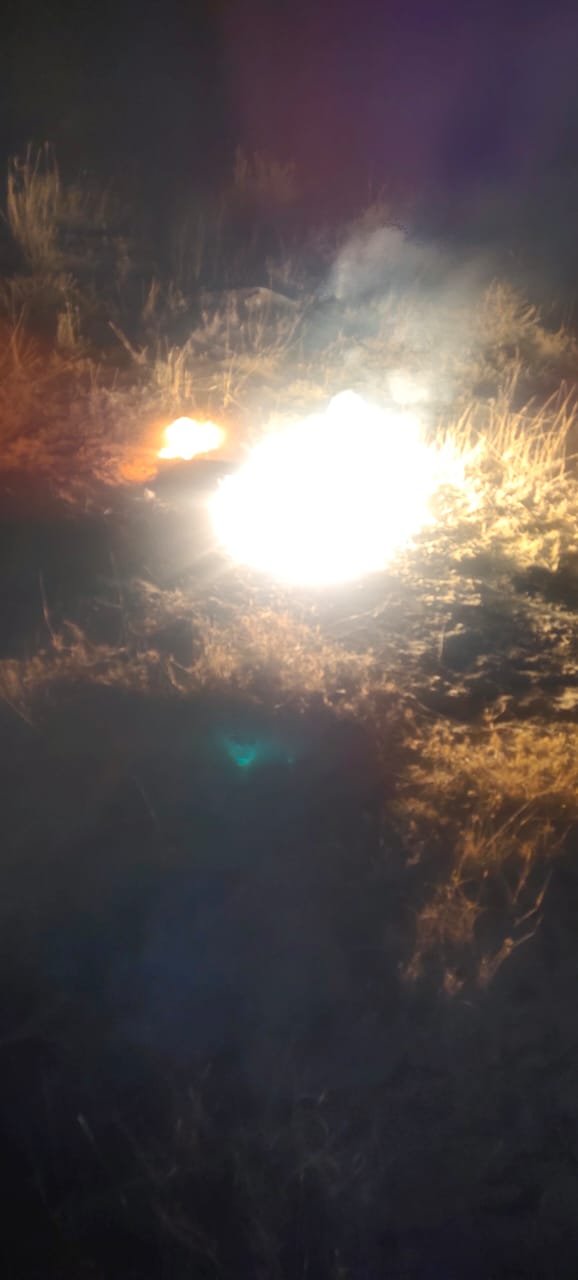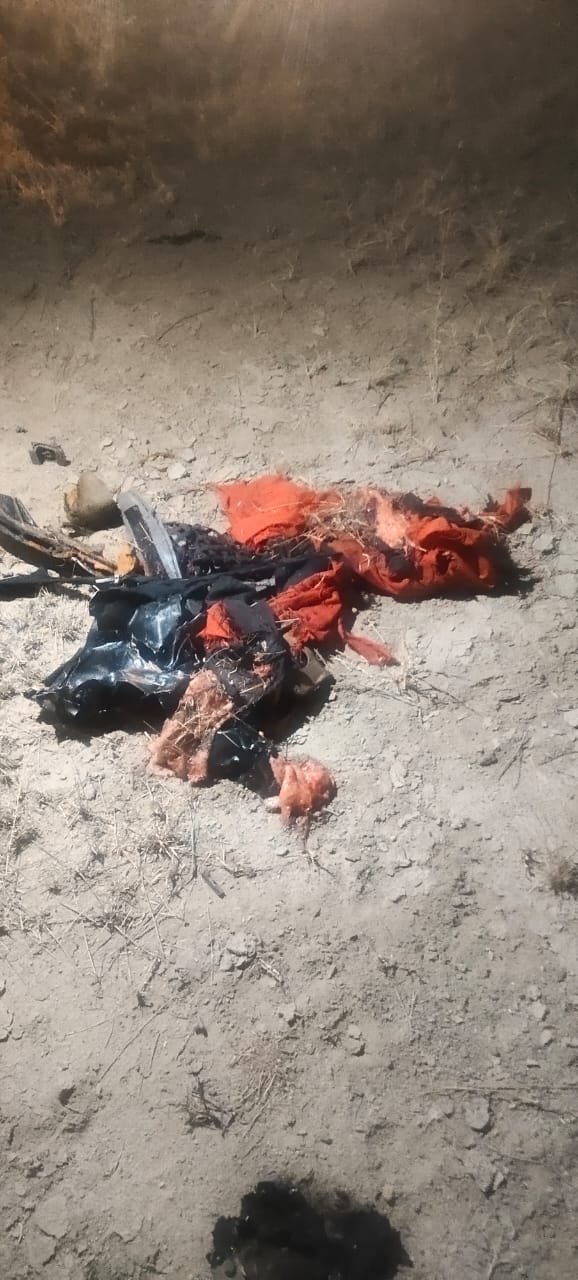Instead of Prithvi, China has a host of 1500km + cruise missiles, air launched ballistic missiles, ground and air launched HGVs, air launched stand off weapons, and the DF-100. All of which are in service in numbers hundreds of times greater than the number of Prithvi/Dhanush. The Indian one is a poor brute force method but uses much more materials and fuel to carry the same level of payload and yet also easier to intercept (being SRBM compared to terrain following cruise missiles and hypersonics).
Instead of buying Israeli radars or license producing them, China's domestic radar industry is actually one of its strong points and have long ago been done with the reverse engineering phase since Type 346 and various over the horizons and ground based and SAM radars for major projects. The scale of China's military developments and induction is at such a scale that despite orders of magnitude increases in domestic development and induction of new systems, there are simply too many units that require them and things to update step by step. India's development in every single military domain is not even just at a snail's pace, many simply don't even exist outside of PPT and feel good bs narratives.
Instead of buying Israeli radars or license producing them, China's domestic radar industry is actually one of its strong points and have long ago been done with the reverse engineering phase since Type 346 and various over the horizons and ground based and SAM radars for major projects. The scale of China's military developments and induction is at such a scale that despite orders of magnitude increases in domestic development and induction of new systems, there are simply too many units that require them and things to update step by step. India's development in every single military domain is not even just at a snail's pace, many simply don't even exist outside of PPT and feel good bs narratives.




